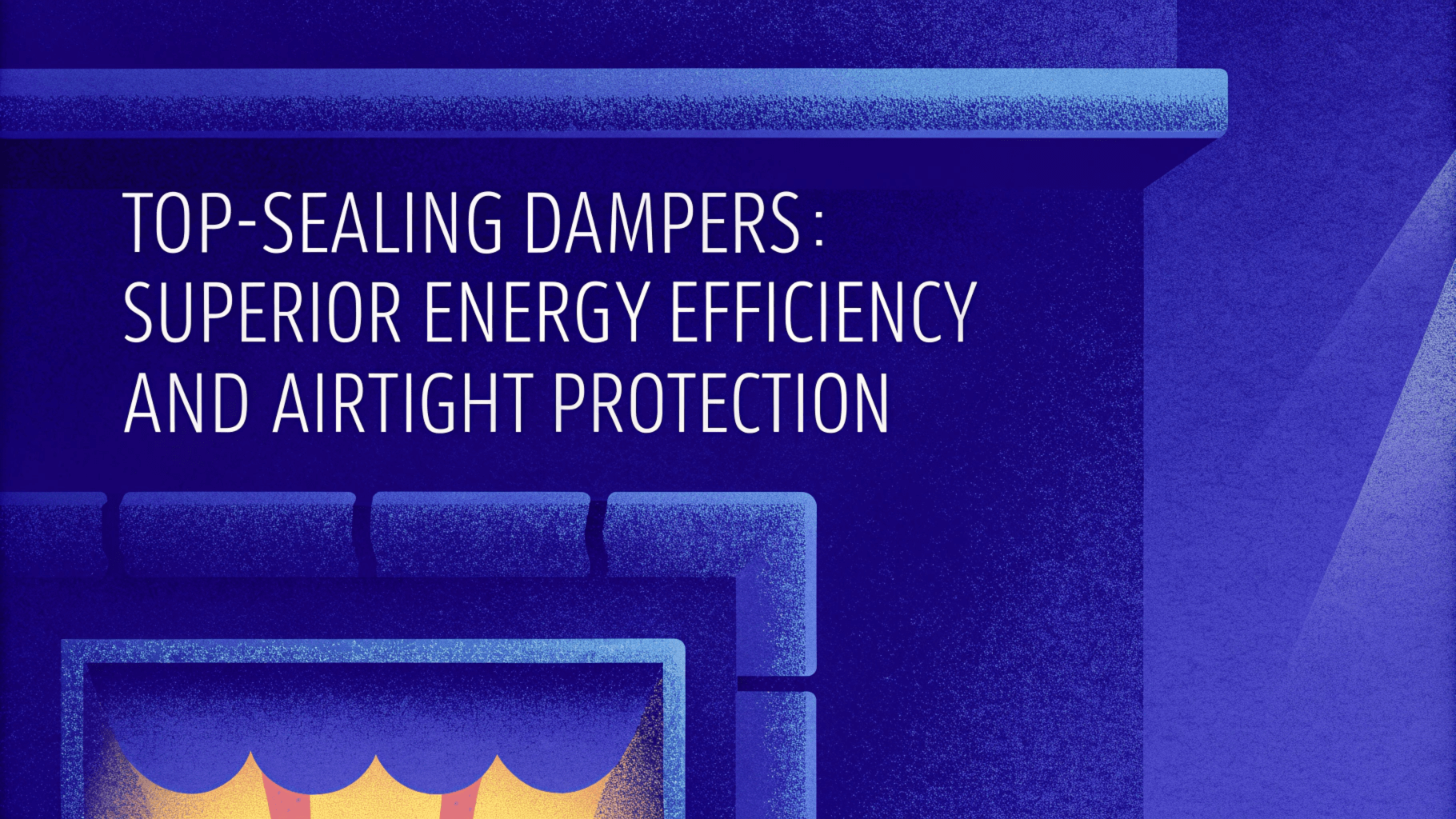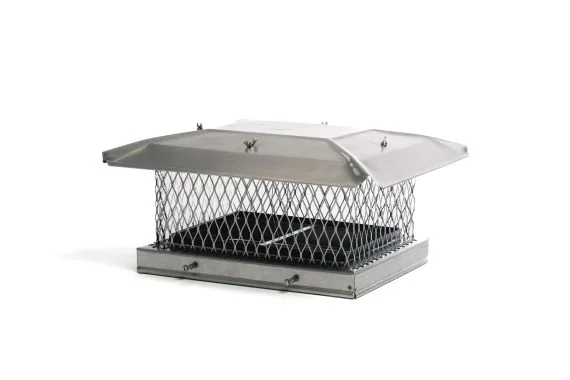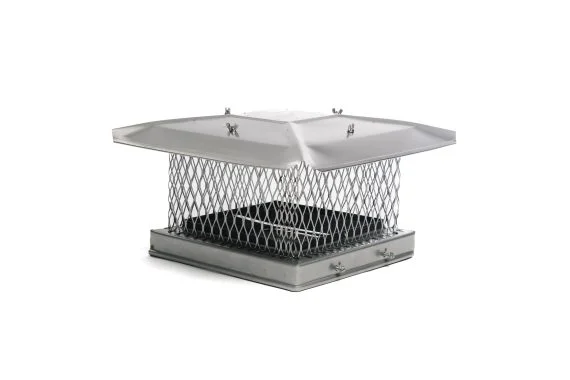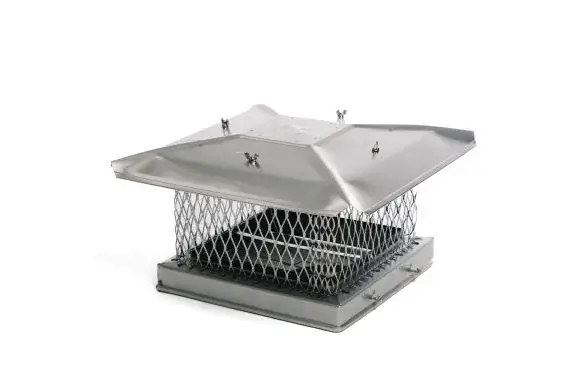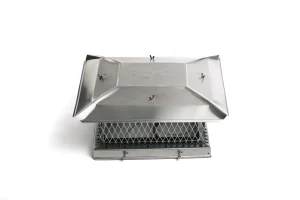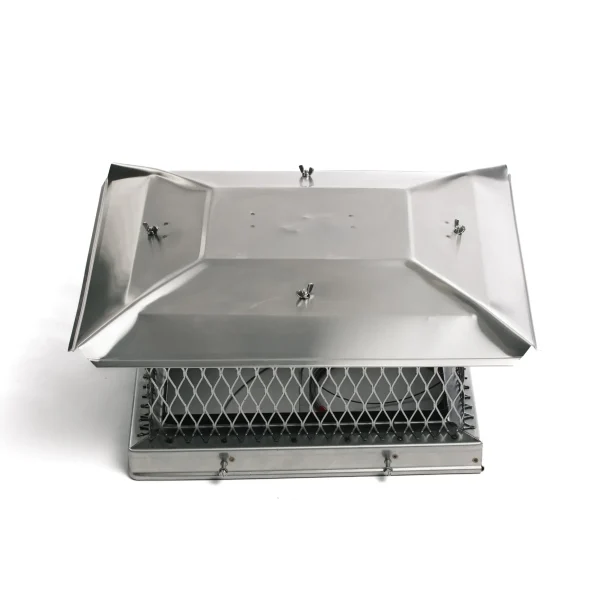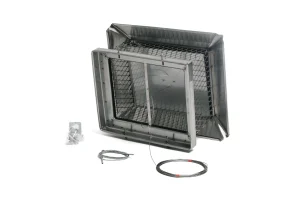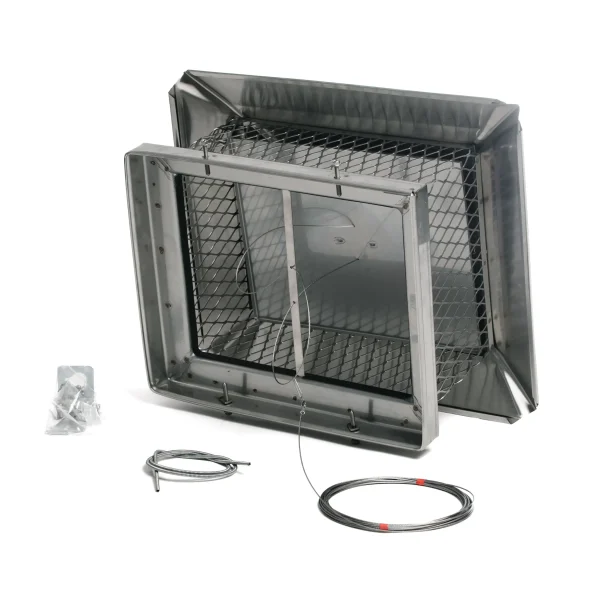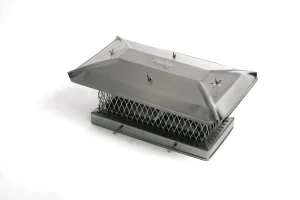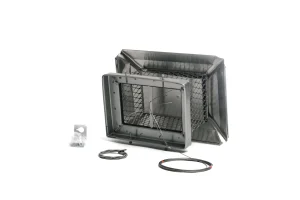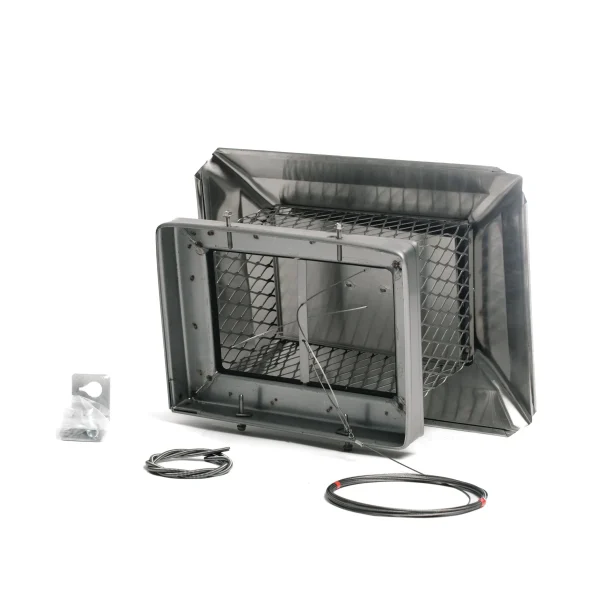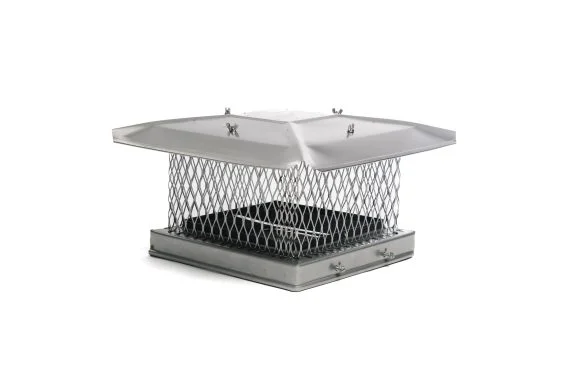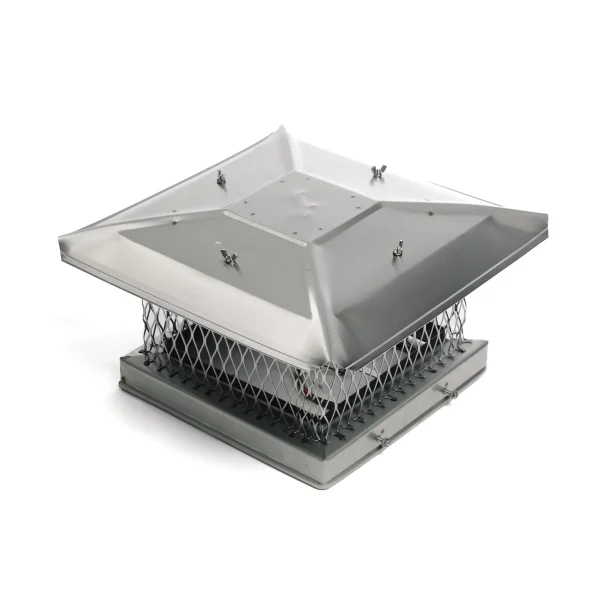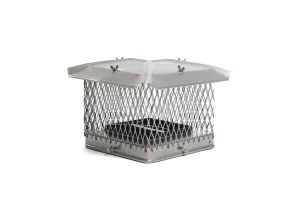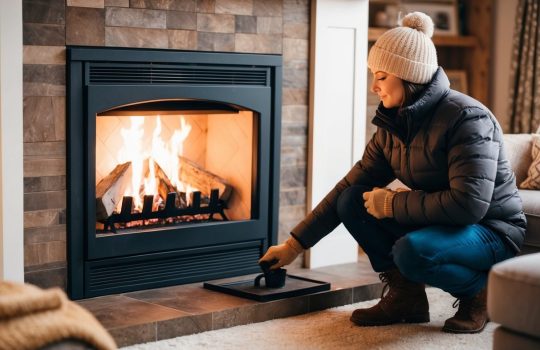Imagine settling into a cozy evening by the fire, its warmth creating a comforting atmosphere in your home. This experience is made possible, in part, by an often-overlooked component of the fireplace: the damper. These unassuming metal or ceramic devices reside within the chimney and play a crucial role in regulating airflow. A fireplace damper helps control the flow of smoke and air, ensuring that warmth is retained inside the house while allowing smoke to escape safely.
Fireplace dampers come in various types, such as throat and rotary dampers, each serving a specific purpose in the chimney system. Their main function is not only to manage the air and smoke but also to enhance the energy efficiency of your home. By adjusting the damper, we can maintain the desired temperature, keeping heating costs down while also ensuring that our living space remains safe and free from smoke damage.
Proper installation and maintenance of fireplace dampers are essential to their effectiveness and longevity. Regularly checking and cleaning these components can prevent common issues like a loose handle or difficulty in opening and closing. By understanding how these devices work, we can maximize their benefits and enjoy a safer, more energy-efficient home.
Key Takeaways
- Fireplace dampers regulate airflow and smoke.
- Proper maintenance boosts energy efficiency.
- Safe operation requires routine checks.
Understanding Fireplace Dampers
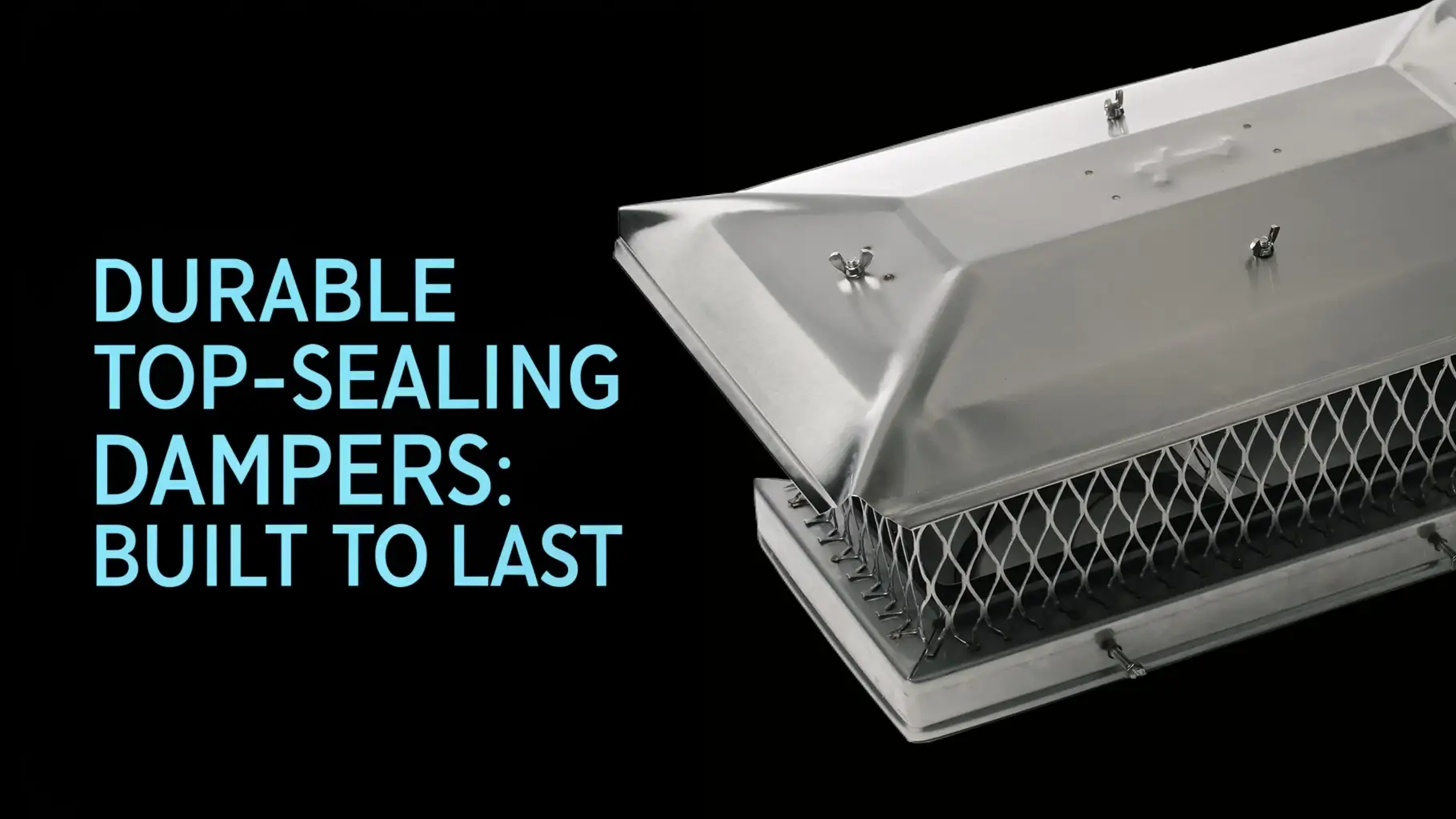
Fireplace dampers are essential for controlling airflow and maintaining energy efficiency. They help manage smoke and heat, vital for a safe and functional fireplace system.
Purpose and Functionality
Dampers serve as a barrier between the interior of our homes and the external environment through the chimney. By regulating airflow, they ensure efficient burning and direct smoke out of the flue, preventing it from entering our living spaces.
A closed damper conserves home heat, reducing energy costs when the fireplace is not in use. It is crucial that we open dampers when using the fireplace to allow smoke and gases to escape safely.
Types of Fireplace Dampers
There are several types of dampers, each with unique characteristics. Throat dampers, located just above the firebox, are common and provide immediate airflow control. Top-sealing dampers sit at the chimney top, offering enhanced energy savings by sealing off the flue from weather.
Rotary dampers adjust using a rotatable handle, while poker dampers operate with a rod similar to a fireplace poker. For modern convenience, automatic dampers open or close in response to temperature changes or through remote control. Each type serves specific needs depending on the design and efficiency requirements of our fireplaces.
Installation and Maintenance

Installing a fireplace damper requires careful attention to both safety and functionality. Proper maintenance ensures the damper remains in excellent working condition and helps prevent potential hazards.
Professional Installation
When it comes to installing a fireplace damper, hiring a professional is highly recommended. Professional installers understand the nuances of fitting the damper securely and ensuring it operates smoothly. Local building codes must be adhered to during installation, preventing future regulatory issues.
We ensure that the damper aligns perfectly with the chimney to avoid smoke leakage. A properly installed damper maximizes efficiency, reduces heat loss, and improves safety. For optimal results, installers use durable materials like cast iron or steel. Investing in professional services not only saves time but provides peace of mind as our fireplace operates safely.
How to Maintain a Fireplace Damper
Regular maintenance of a fireplace damper is vital to its performance and longevity. We start by inspecting the damper for signs of rust, corrosion, or damage. Each component—such as the plate, hinges, and operating mechanism—should be checked for wear and tear.
Cleaning the damper periodically is essential to prevent soot buildup, which can impair functionality. It’s beneficial to lubricate moving parts with a heat-resistant oil to maintain smooth operation. If we detect any issues during our inspections, prompt repairs or part replacements can prevent further damage. By following a consistent maintenance schedule, we enhance both safety and energy efficiency.
Energy Efficiency and Cost Savings
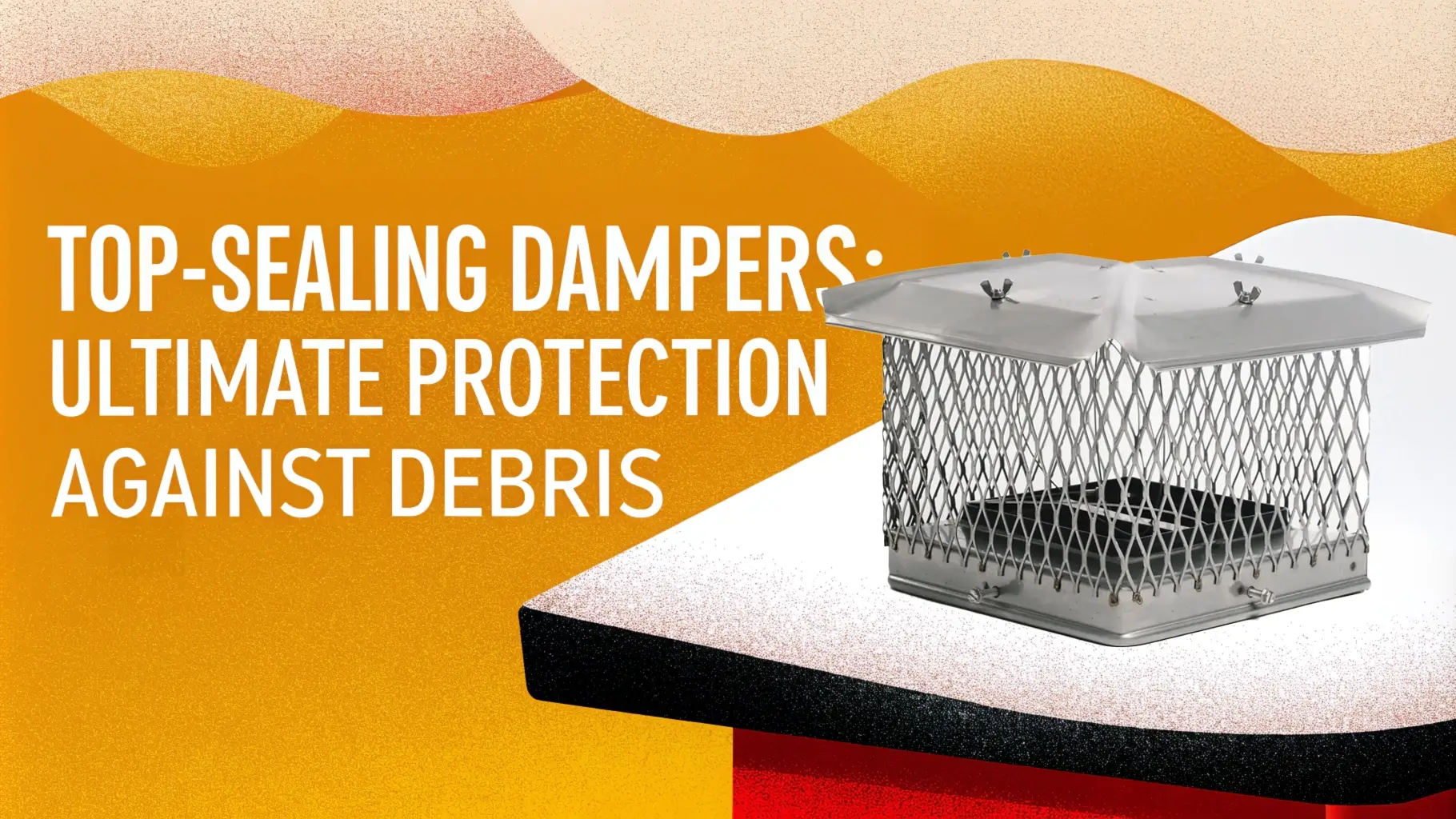
Improving energy efficiency with our fireplaces can significantly reduce heat loss and lower heating costs. By managing how we use dampers, we can optimize our energy expenditures throughout the colder months.
Reducing Heat Loss
When we talk about reducing heat loss in a fireplace, dampers play a crucial role. Properly closing the damper when the fireplace is not in use prevents cold air from entering our space. It’s like sealing off a window, ensuring that the warmth we generate from systems like wood-burning fireplaces or gas fireplaces stays inside.
A well-maintained damper fits snugly, blocking drafts and minimizing the air exchange between inside and outside. This tight seal is essential for retaining heat, especially in wood-burning fireplaces. By keeping unwanted cold air out, our fireplaces maintain a comfortable home temperature more effortlessly. Investing in a quality damper can enhance this effect, acting as a manageable barrier against energy loss.
Impact on Heating Costs
Our heating costs can take a significant cut with efficient use of a damper. By consistently closing the damper after using the fireplace, we can prevent warm air from escaping, eliminating unnecessary heating expenses. This small action saves a notable amount of energy that would otherwise lead to increased energy costs.
Gas fireplaces also benefit from efficient damper use. Although they typically consume less energy than wood-burning fireplaces, minimizing heat loss helps us further optimize their efficiency. Ultimately, using dampers wisely can lead to substantial cost savings, ensuring that we’re spending less on heating bills and utilizing our resources sustainably. Regular maintenance and proper operation of dampers can maximize their effectiveness in controlling our financial and energy expenditures.
Safety Considerations and Best Practices
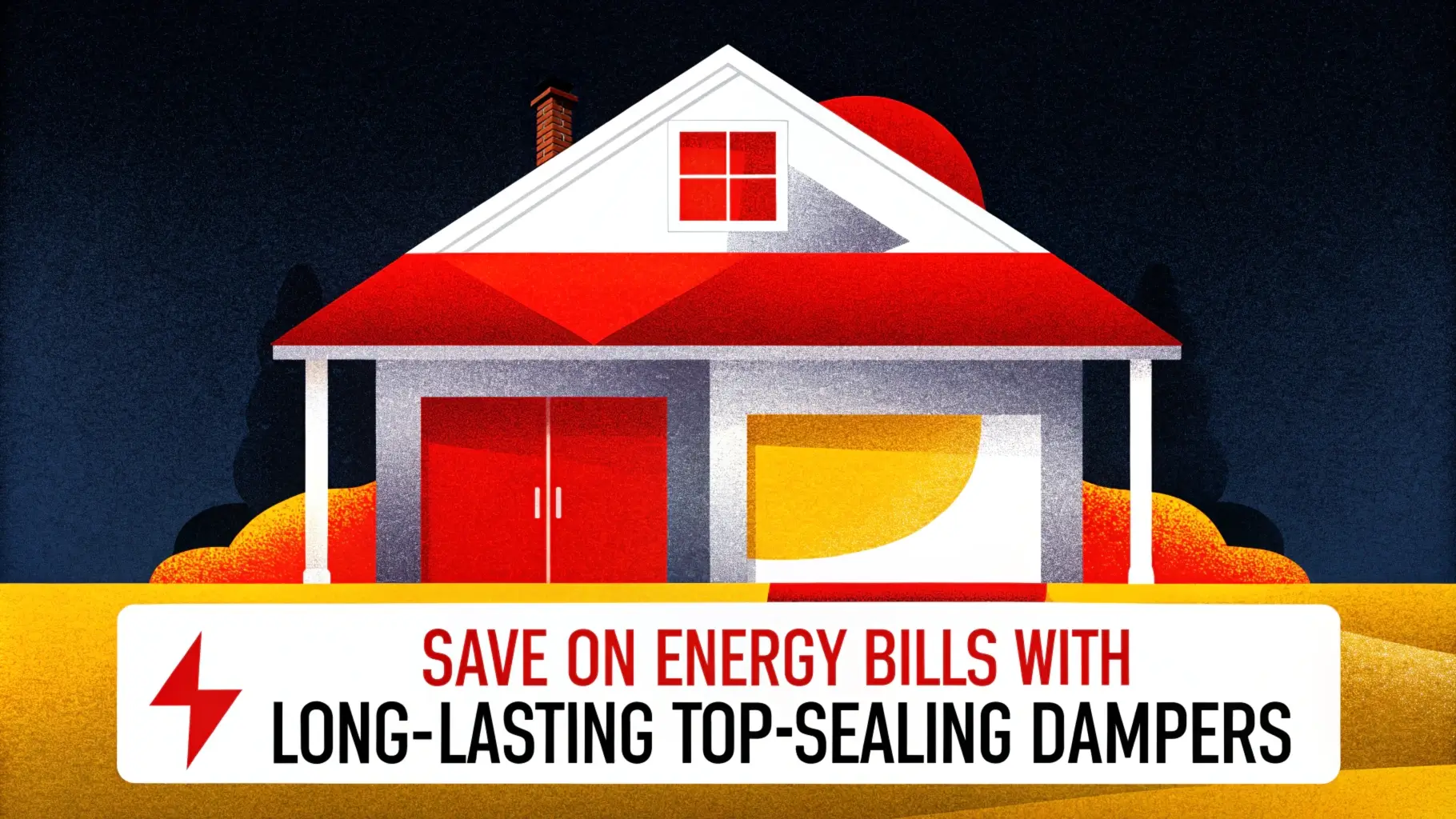
When using a fireplace damper, safety is paramount. Ensuring proper airflow and combustion prevents hazards like carbon monoxide poisoning and downdrafts, which can affect air quality and safety in our homes. Let’s focus on practical strategies to maintain a safe fireplace environment.
Preventing Carbon Monoxide Poisoning
We need to be vigilant about carbon monoxide, a potentially deadly gas, when using our fireplaces. One critical step is ensuring the chimney flue is open before starting a fire. This allows smoke and gases to escape rather than accumulating indoors. Regular inspection of the damper and flue prevents blockages from debris or creosote buildup, which can impede airflow.
Installing carbon monoxide detectors near our fireplace and throughout the home is essential. This ensures we receive early warnings of harmful gas levels. Also, scheduling annual inspections by a professional can help maintain efficient combustion. Reliable seals around the damper, particularly with chimney cap dampers, can minimize unwanted drafts and preserve heat while preventing gas leaks into living spaces.
Avoiding Downdrafts and Air Current Issues
Downdrafts occur when outside air is funneled down the chimney, pushing smoke and gases back into the house. We can avoid this by ensuring the damper is appropriately adjusted to prevent reverse airflow. Utilizing a chimney cap helps block wind and precipitation that might contribute to downdrafts and maintains consistent airflow.
Chimney caps with dampers can further improve control over air currents by sealing off the top of the flue when the fireplace is not in use. This feature also keeps out pests and debris, which can obstruct proper airflow. By addressing these issues, we maintain a safe and efficient fireplace environment for our homes.
Upgrade Your Fireplace with Our Premium Top-Sealing Dampers
Looking for the ultimate solution to improve your fireplace’s efficiency and safety? Our high-quality top-sealing dampers are specifically designed to provide superior performance. These dampers not only prevent heat loss but also enhance your home’s comfort while reducing energy costs.
Top-sealing dampers are the modern homeowner’s choice for maximum efficiency and durability. Here’s why our top-sealing dampers stand out:
- Superior Energy Efficiency: Airtight seal prevents heat loss and cold drafts.
- Durable Construction: Made from high-quality materials to withstand harsh weather conditions.
- Easy Operation: Simple to use with a reliable sealing mechanism.
- Protects Against Debris: Keeps out rain, snow, animals, and debris for a safer chimney.
- Cost Savings: Reduces energy bills by minimizing heat escape through the chimney.
- Enhanced Longevity: Protects your chimney and flue from wear and tear, extending their lifespan.
Investing in a top-sealing damper is a smart choice to ensure your fireplace remains energy-efficient and safe. Our dampers combine functionality and durability, making them a valuable addition to your home.
Ready to upgrade your fireplace? Browse our premium top-sealing dampers today and experience the difference!
Need help with installation or have questions? Visit our Installation Instructions page for expert guidance or reach out to us directly. We’re here to assist you every step of the way.
Frequently Asked Questions
Fireplace dampers play a critical role in regulating airflow and maintaining safety. By understanding damper types and operation, we can enhance fireplace efficiency and ensure a comfortable environment.
What are the different types of fireplace dampers?
Different fireplace dampers include throat dampers and top-sealing dampers. Throat dampers are located at the base of the chimney and can be opened or closed using a handle or chain. Top-sealing dampers sit at the top of the chimney, providing a tight seal to prevent drafts when closed.
What is the difference between a fireplace damper and a flue?
A fireplace damper is a device that regulates airflow within the chimney. The flue is the passage inside the chimney that channels smoke and gases outside the home. Dampers are installed within the flue system to control the flow of air and smoke.
When should I open or close my fireplace damper?
We should open the fireplace damper before lighting a fire to allow smoke to escape. It should remain open until the fire is completely out and any embers are cold. Closing the damper when the fireplace is not in use prevents drafts and keeps warm air inside.
Is a fireplace more efficient with the damper open or closed?
A fireplace operates efficiently when the damper is open during use, as it allows smoke and gases to exit. When the fireplace is not in use, closing the damper helps to retain heat within the home, thus improving overall energy efficiency.
How can I adjust my fireplace damper for optimal performance?
Adjusting the damper involves finding the right balance between allowing enough airflow for combustion and preventing excessive heat loss. Start by gradually opening or closing the damper while monitoring the smoke and airflow to find the ideal position for optimal performance.
What are the steps for starting a fire with the fireplace damper?
To start a fire, first ensure the damper is open to enable proper ventilation. Gather dry kindling and firewood, then arrange it in a pyramid shape. Light the kindling and allow the fire to build gradually. Keep the damper open while the fire is burning vigorously.

